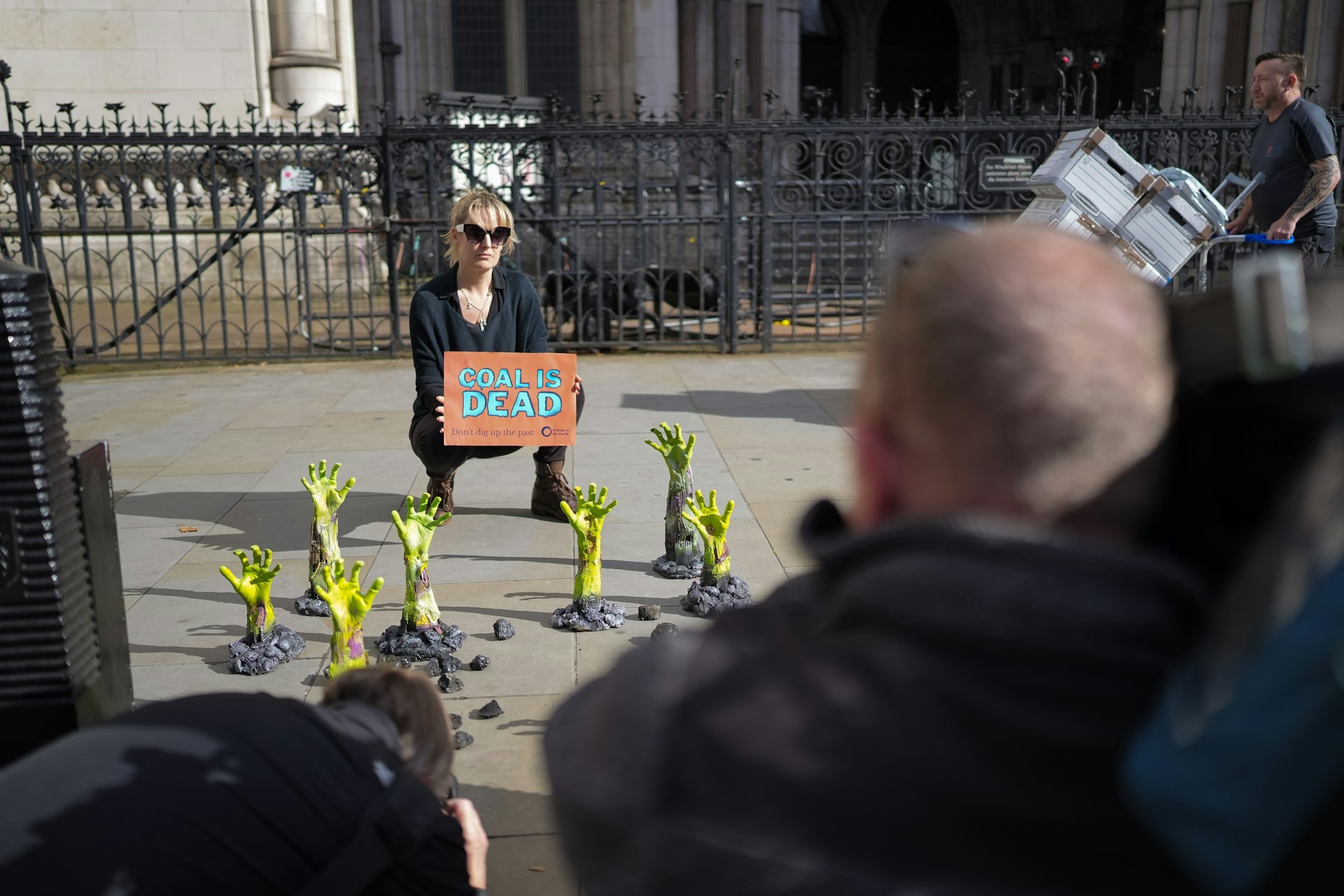Theo McInnes’s cinematic photos of New York on film
- Text by Theo McInnes
- Photography by Theo McInnes

Street photography always fascinated me. In fact, it was the shooting style of the Magnum Photography masters from the 1950s on the pavements of Paris and the sidewalks of New York that originally sparked my interest in photography.
Shooting (mostly) on 35mm Leicas, loaded with black and white film, photographers like Gary Winogrand, Bruce Davidson and Eliot Erwitt would hit the streets looking for strange or intriguing scenes from everyday life that stood out to them. These photographers had the ability to turn a brief moment that usually shoots past in the blink of an eye into a story. It creates a memory, of sorts, from seemingly normal everyday interactions between people and how they negotiate the world around them.

These everyday moments can be anything, most of the time something pretty simple, or quite boring and mundane (think a child screaming or someone crossing the road). But with a camera these moments are captured and that ‘boring’ brief moment in time is turned into something with a new found quality, forever frozen and preserved as a moment in time. This is what these masters were so good at – spotting these fleeting moments – and through the medium of photography elevating them into something much more interesting, something worthy of printing, putting into a frame and looking at for hours in a gallery.
It is of no surprise that so many of the classic photojournalists saw the street as a playground to make their art, diving into the melting pot of these everyday social interactions, the little kinks in the city’s fabric.


Last month I found myself in New York, with my analogue Nikkormat FT2 (because who can can afford a Leica in 2022) and some rolls of black and white 35mm. The idea of (trying) to step into the shoes of these masters – or at the very least play on their stage – is something I’d always imagined trying to do, to try and find and shoot those little unseen moments with my old camera, on film, just as the Magnum masters had done decades ago.
Every photographer sees differently, and I found that a lot of the things that stood out to me were what I wouldn’t notice shooting at home: cultural clichés and anything typically American. New York has such a fast-paced and frantic nature, making it easy to understand why these masters never got tired of the city or ever lost motivation to hit the streets and shoot.








Follow Theo McInnes on Instagram.
Enjoyed this article? Like Huck on Facebook or follow us on Twitter.
Latest on Huck

Autism cannot be cured — stop trying
A questionable study into the ‘reversal’ of autism does nothing but reinforce damaging stereotypes and harm, argues autistic author Jodie Hare.
Written by: Jodie Hare

Bristol Photo Festival returns for second edition
After the success of it’s inaugural run, the festival returns this autumn with exhibitions, education and community programmes exploring a world in constant motion through still image.
Written by: Ben Smoke

Documenting the life of a New York gang leader paralysed by gun violence
New photobook ‘Say Less’ is a complex yet humanising look into a life wrecked by gun violence and organised crime.
Written by: Isaac Muk

The woman who defined 80s Hip Hop photography
A new exhibition brings together Janette Beckman’s visionary and boundary pushing images of an era of cultural change and moral panic.
Written by: Miss Rosen

In photos: the dogs of Dogtown
A new photobook documents Venice Beach’s four legged friends and their colourful cast of owners.
Written by: Isaac Muk

Inside the battle to stop coal
As the legal challenge against Britain’s first deep coal mine in 30 years reaches the High court, we talk to activists at the centre of the fight to stop it.
Written by: Ben Smoke